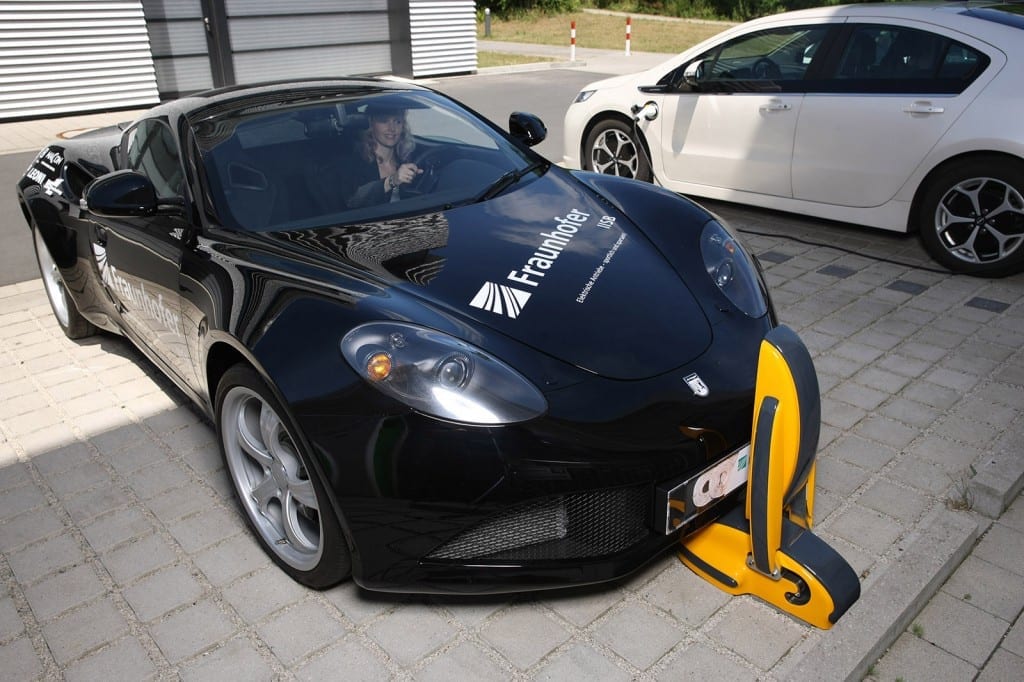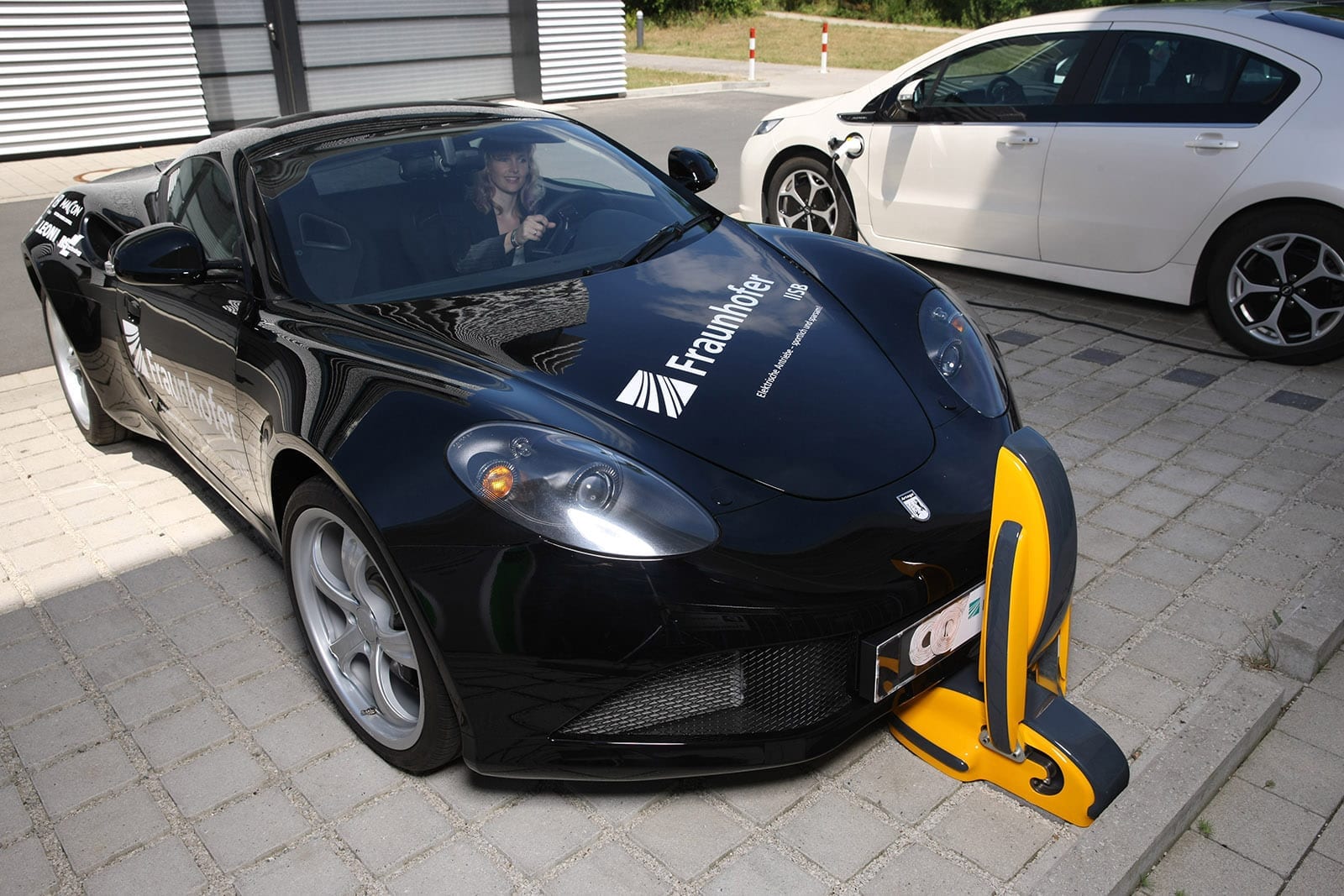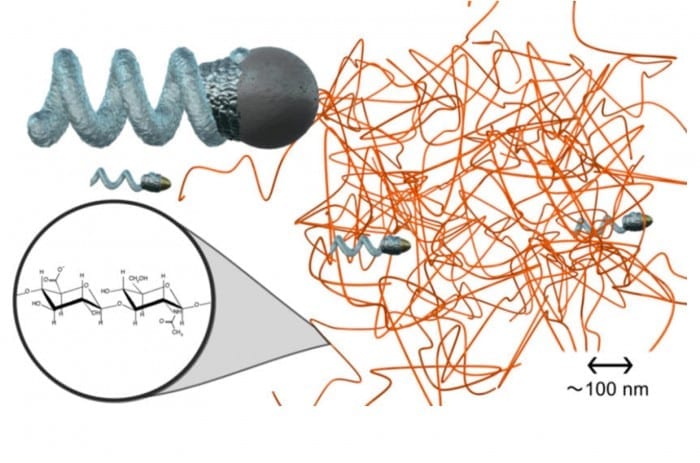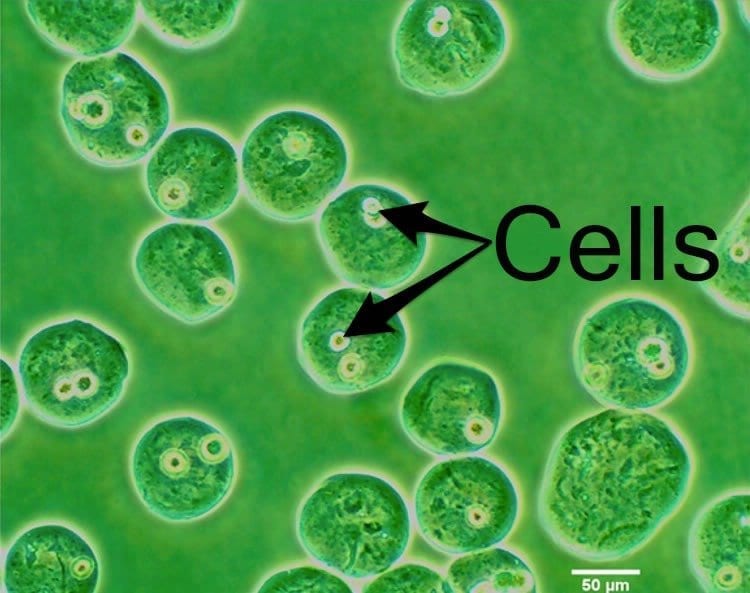
We already charge our toothbrushes and cellphones using contactless technology. Researchers have developed a particularly efficient and cost-effective method that means electric cars could soon follow suit.
Cables are fast disappearing from our daily lives. The computer mouse has already lost its tail, our telephones and headphones have become wireless – even electric toothbrushes and cellphones don’t need cables anymore. Information is transmitted wirelessly, and power needs can be met via an electromagnetic induction supply system. Researchers are in the process of developing wireless charging technology for electric vehicles, too. “Cables are annoying, especially in winter or when it’s raining. Whatever gets on the cable – snow, sludge, water – also gets on your hands,” says Dr. Bernd Eckardt, head of the Vehicle Power Electronics department at the Fraunhofer Institute for Integrated Systems and Device Technology IISB in Erlangen, Germany. Dr. Eckardt knows what he’s talking about, because he drives an electric car himself. It would be much more convenient to charge these plug-in vehicles remotely with contactless technology. And it’s possible. The way to do it is using electromagnetic induction, whereby electrical energy is transferred over the air between two objects via an electromagnetic field. Dr. Eckardt explains the physics behind it as follows: “Any wire that carries a current generates a magnetic field. As the English physicist Michael Faraday demonstrated in the 19th century, this magnetic field generates voltage or electromotive force as well. By correctly positioning two wires in relation to one another inside a magnetic field, it is possible to transmit energy over the air. In principle this works just like a transected transformer.” Familiar examples of products that use this kind of energy transfer include charging stations for electric toothbrushes and smartphones, and induction hobs.
Researchers from the scientific and industrial communities have been working for several years to find ways to use induction to charge electric vehicles. The current approach involves mounting induction coils on the underside of the vehicle and installing charging stations in the ground. But this brings with it a number of significant challenges. The coils need to be very powerful for the method to work because of the significant gap of up to 15 cm between car and ground. Powerful coils are large in size – and large coils are expensive, which pushes up costs. There is also the problem of objects or animals impeding the charging process by blocking the transmission of power. Cats, for example, are attracted by the gentle warmth emitted from the charging station in the ground, and so see this as a comfortable resting place. Another particularly problematic issue is that metallic paper such as chewing-gum wrappers or cigarette packaging can blow under the car and into the induction zone, where it can get so hot that it bursts into flame.
Researchers at the IISB began pursuing an alternative approach in a bid to resolve these problems. Working as part of the Energie Campus Nürnberg research platform it took them less than a year to develop a system for charging electric vehicles from the front end (http://www.encn.de). Since this allows the car to be driven much closer to the induction source – essentially touching it – the coils themselves are much smaller in diameter than in the floor-based version, coming in at 10 instead of 80 cm across. The system is more efficient, more cost-effective and makes it less probable that obstacles will disrupt the flow of energy.
Read more . . .
The Latest on: Wireless charging
[google_news title=”” keyword=”Wireless charging” num_posts=”10″ blurb_length=”0″ show_thumb=”left”]
via Google News
The Latest on: Wireless charging
- Power of Samsung Wireless Chargers to Simplify Your Daily Routineon April 27, 2024 at 11:00 am
The quest of efficiency serves as a lighthouse directing our everyday activities in the fast-paced rhythm of contemporary life. As our lives expand in a symphony of responsibilities, commitments, and ...
- Wireless Car Charger, Now 75% Offon April 27, 2024 at 8:25 am
Discerning drivers who are always on the go now have a reason to rejoice as the cutting-edge Wireless Car Charger from BothLin is currently available with an incredible 75% discount exclusively on ...
- Grab this Kindle wireless charger for your book-loving mom, now only $19.99on April 27, 2024 at 7:00 am
TL;DR: If your mom is a reader with a Kindle Paperwhite Signature Edition, then get her an Anker Wireless Charging Dock made for them. It’s in like-new condition for only $19.99, and if you order by ...
- Hackaday Podcast Episode 268: RF Burns, Wireless Charging Sucks, And Barnacles Grow On Flaperonson April 26, 2024 at 9:00 am
Elliot and Dan got together to enshrine the week’s hacks in podcast form, and to commiserate about their respective moms, each of whom recently fell victim to phishing attacks. It’s ...
- Will the Pixel 8a have wireless charging?on April 26, 2024 at 3:05 am
Google’s phones have had wireless charging stretching back to the Pixel 3, but the Pixel 7a was actually the first “a” device to see wireless charging. It has a charging rate of 7.5W, which isn’t ...
- Review: Satechi Launches New Qi2 Charging Standson April 25, 2024 at 12:22 pm
Satechi today announced the availability of its two new Qi2 charging stands, the 3-in-1 Foldable Qi2 Wireless Charging Stand and the 2-in-1 ...
- Wireless EV Charging Is Coming: Here's How It Workson April 25, 2024 at 7:49 am
Ready to swap a bulky electric vehicle charging setup for a wireless mat? Automakers and companies like WiTricity are making it happen. Here's what you need to know.
- Nothing’s Ear A Wireless Earbuds Are Bright, Stylish, and an Unbeatable Valueon April 25, 2024 at 6:30 am
With a new yellow color, a redesigned charging case, ANC, and battery life that rivals the more expensive Ear, Nothing's cheaper $99 Ear A wireless earbuds are an unbeatable value in the tech ...
- Satechi’s new Qi2 wireless charging stands charge iPhones twice as faston April 25, 2024 at 6:00 am
Satech is the latest accessory maker to announce Qi2 new products that can charge your iPhone wirelessly twice as fast as before.
- Enjoy ambient lighting and wireless charging with this all-in-one device, now only $40on April 25, 2024 at 1:22 am
Macworld It’s pretty universal at this point to keep a smartphone charger by your bed, usually so you can charge your phone while it rests on your nightstand. It’s also pretty standard to have a lamp ...
via Bing News











